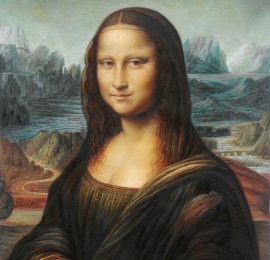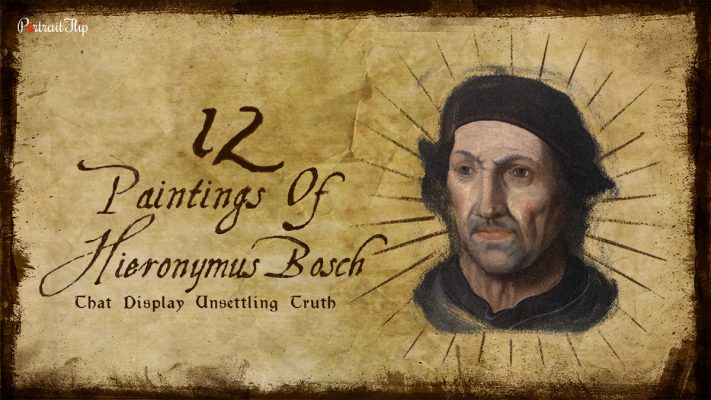Who was Hieronymus Bosch?
Hieronymus Bosch (1450–1516) was a Dutch painter and draughtsman who was known for including abstract concepts in his work.
His artworks depict religious symbolism and overarching themes of mankind’s timeless nature.
History remembers Hieronymus Bosch’s paintings as true works of art using vibrant and varied brushstrokes.
Do you want to guess how many paintings Hieronymus Bosch created in his life?
The artist Bosch, who has a huge fan base, has produced only 20 paintings over the course of his lifetime.
The majority of his work consists of horror and creepy paintings. That’s why he always faced criticism, which made him infamous for his disturbing artwork.
In this blog, we share information about the painting by Hieronymus Bosch and a brief life story that drove him to make such pieces of art.
(Also Read: History of Painting: Evolution Of The Greatest Form Of Art)
Table of contents
1. The Garden of Earthly Delights
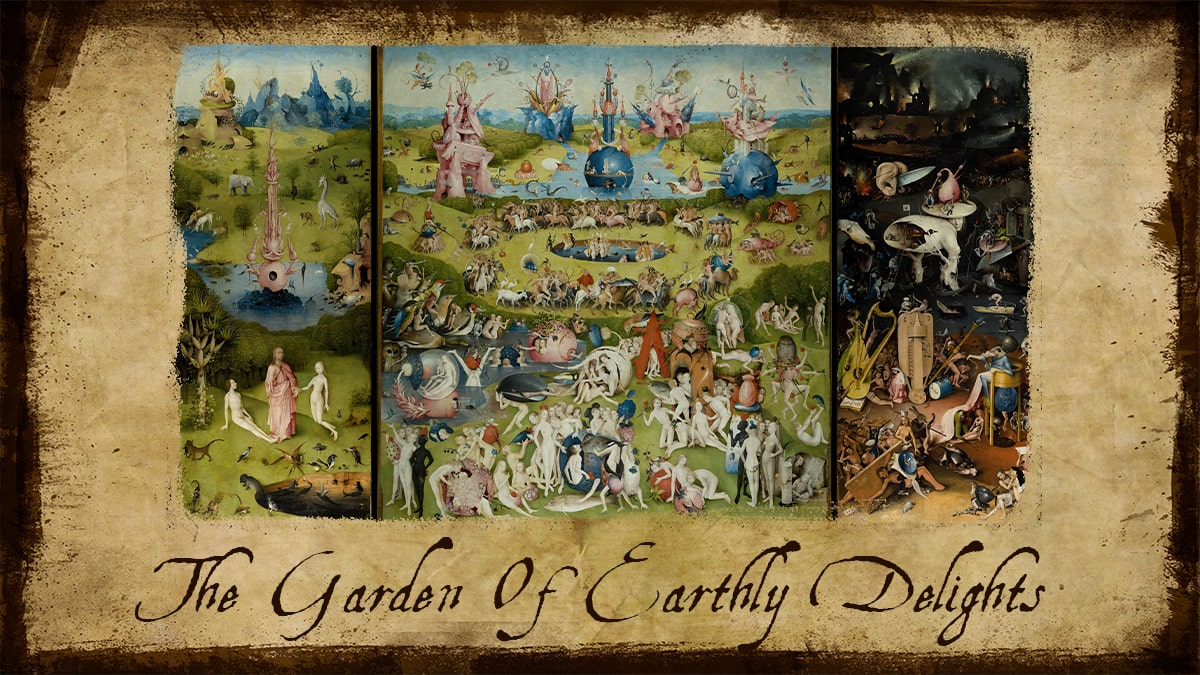
One of the finest masterpieces by Hieronymus Bosch is a large-scale triptych illustrating the mysteries of marriage.
This artwork is a left-to-right concept.
First, display the presentation of Eve to Adam.
Second, the garden in the title depicts naked men and women indulging in sin.
And third, a man punished in hell, showing the darker aspect of the painting.
Due to the depiction of life to death, it is considered one of the most famous scary paintings.
“Brotherhood of Our Lady” influenced Hieronymus Bosch from their conservation religious group.
Currently the painting is housed in the Museo del Prado in Madrid, Spain.
This painting is worth millions but hasn’t been officially revealed.
2. Christ Carrying The Cross
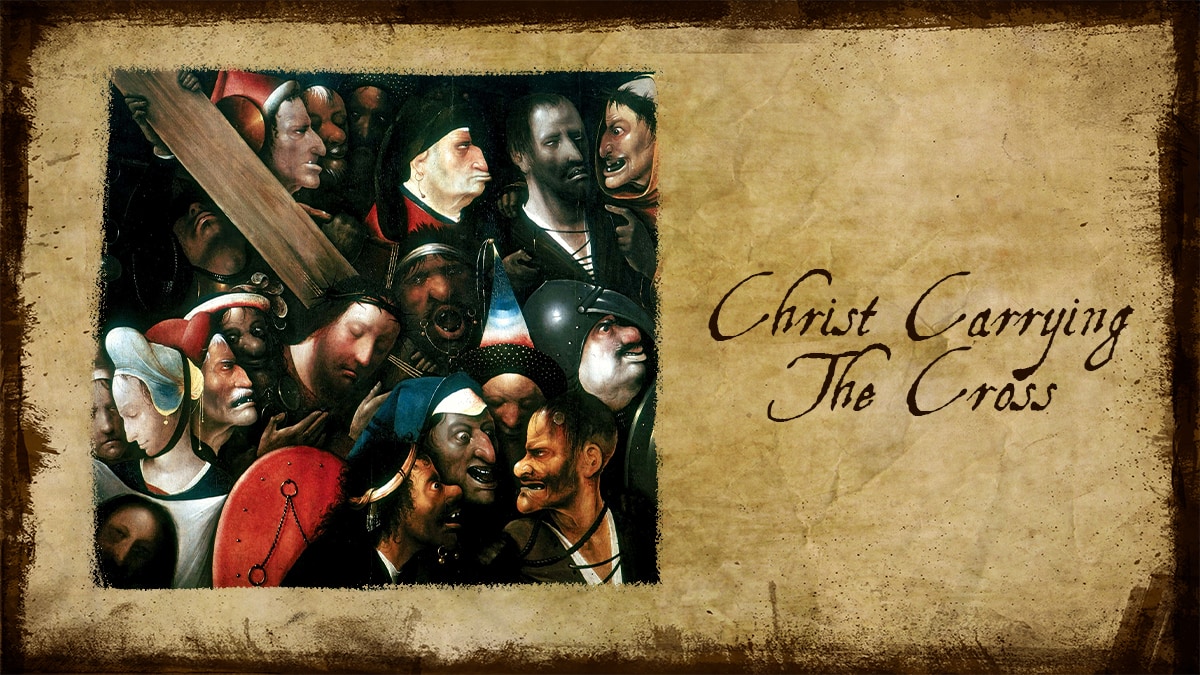
The most celebrated painting by Hieronymus Bosch has always been a topic of debate. Some claimed that his admirer created Bosch’s art.
The face of Jesus Christ is surrounded by inflated heads with different expressions.
During this period, numerous paintings of Jesus were created; the most popular one belongs to Bosch and consists of heads representing the humanity surrounding the miserable Jesus Christ.
The director of the Metropolitan Museum of Art even made a controversial statement that says: “If the painting was not created by Hieronymus Bosch, then it was created by a genius even greater than Bosch.”
In earlier times, the painting was purchased for less than ten thousand pounds and is now worth sixty million dollars.
3. Table of the Seven Deadly Sins
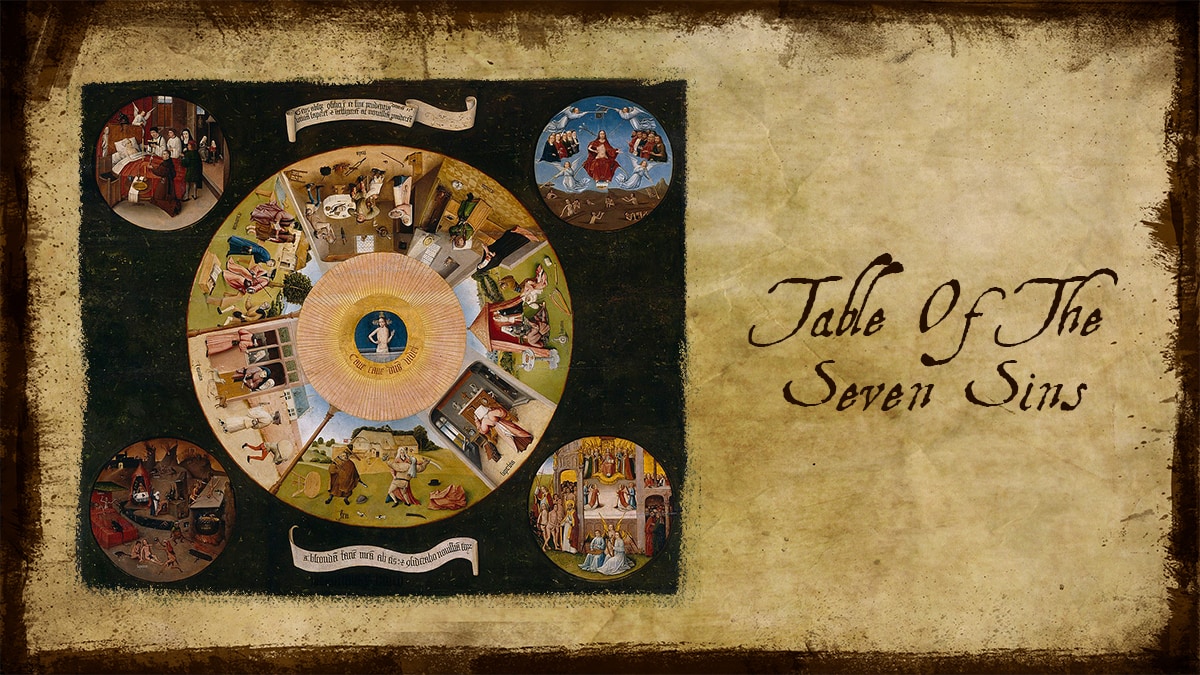
The theme of the seven deadly sins—envy, greed, sloth, wrath, gluttony, pride, and lust—is what is described in this painting.
The four corner things depict death, judgment, heaven, and hell.
The fact that Bosch painted this art on the tabletop meant a person had to reflect on his sins before confessing them to the church.
This artwork could be an example of the creepy painting that inspired painter Hieronymus Bosch to become humorous in general.
Although the price of Hieronymus’s painting hasn’t been disclosed, the Prado Museum, in Madrid has been housing it for years.
4. The Temptation of St. Anthony
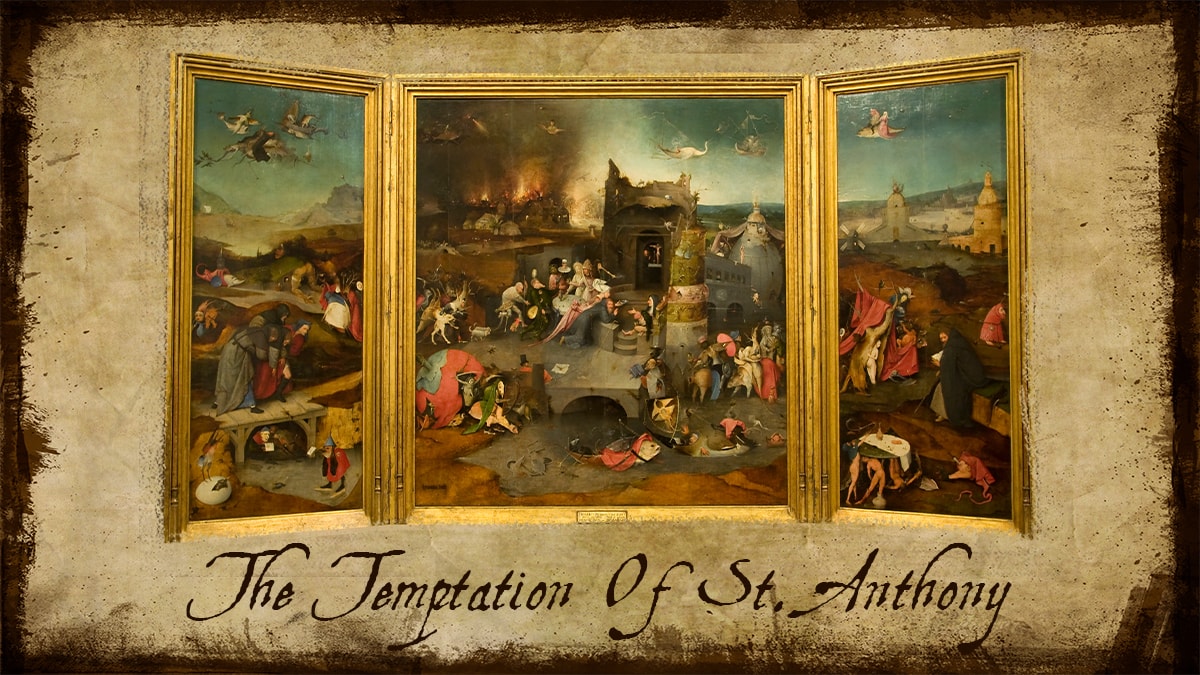
The paintings of Hieronymus Bosch that feature saints are what he mostly covered throughout his career.
It depicts faith despite suffering from physical and mental pain.
Bosch mostly relies on the symbolism and religious artwork that showcase the saint, especially, inspired by Saint Anthony in his life.
This artwork is not only tempted by pleasure but also tormented by demons.
Exhibited in the Royal Museum of Fine Arts of Belgium, the work is worth more than 100 million dollars.
5. Death and the Miser
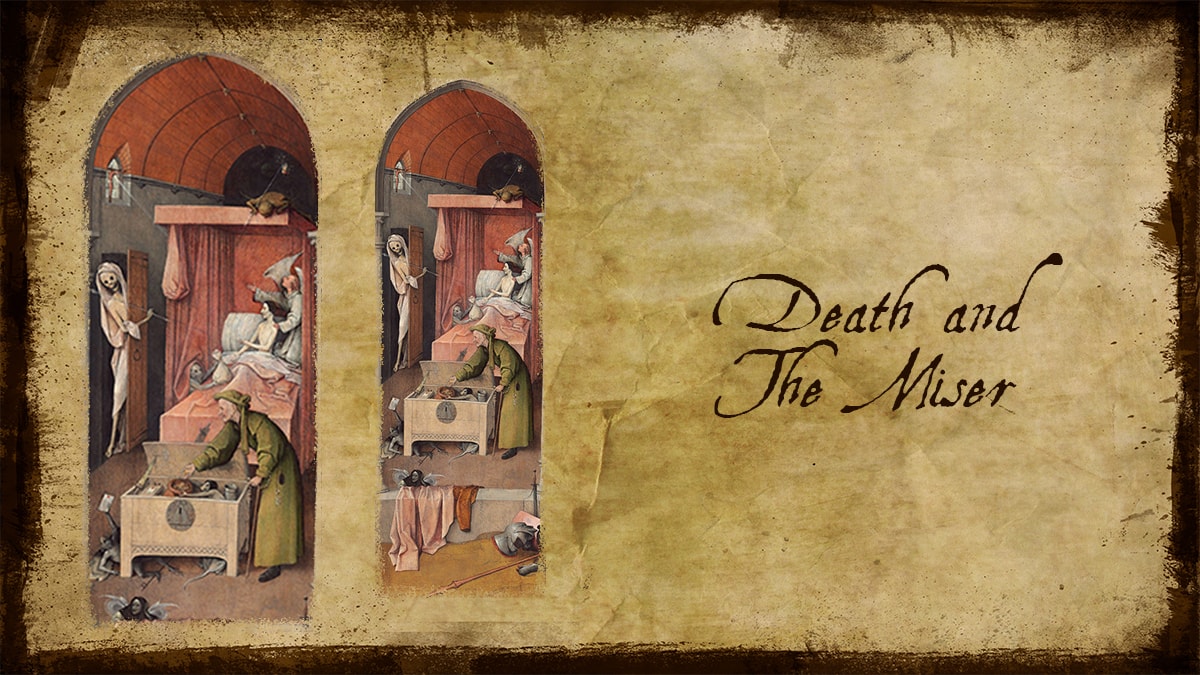
Paintings like Death and the Miser do not need to be placed in a specific time frame.
The painting depict a common topic: death.
This artwork deals with greed and selfishness that represented two parts: one, he was rich, strong, and in full health; and second, he was on his deathbed.
The thought behind this art was to remind the viewer of the inevitability of death and illustrate the sin of greed.
The National Gallery of Art holds this work of art by Hieronymus Bosch.
6. The Haywain
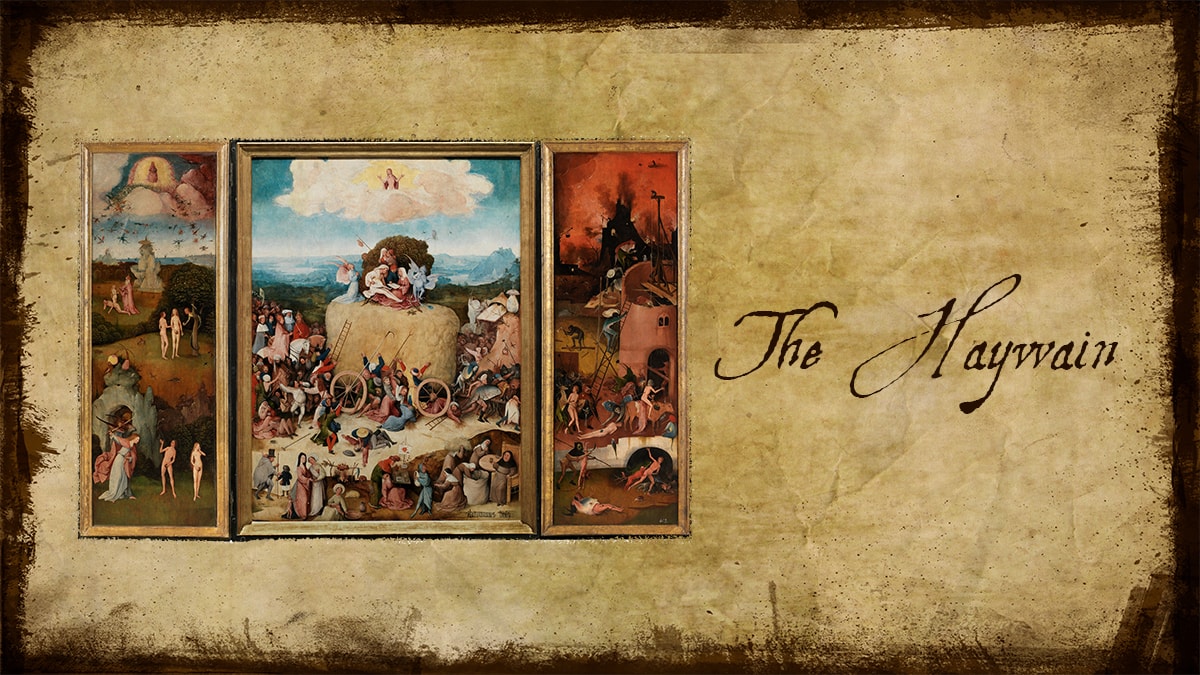
This portrait is a depiction of hell, inspired by his adolescent memories of s-Hertogenbosch, which was being destroyed in a massive fire.
One can find morality in his artwork, where he speaks about the death and horror of people, giving off a mysterious feel.
His unique characteristics and incredible imagination brought many of these established themes to life.
Through his paintings, he warned the audience about the dangers of leading an immoral life.
Exhibited in the Museo del Prado, experts say that the artwork is worth two million euros.
7. The Conjuror
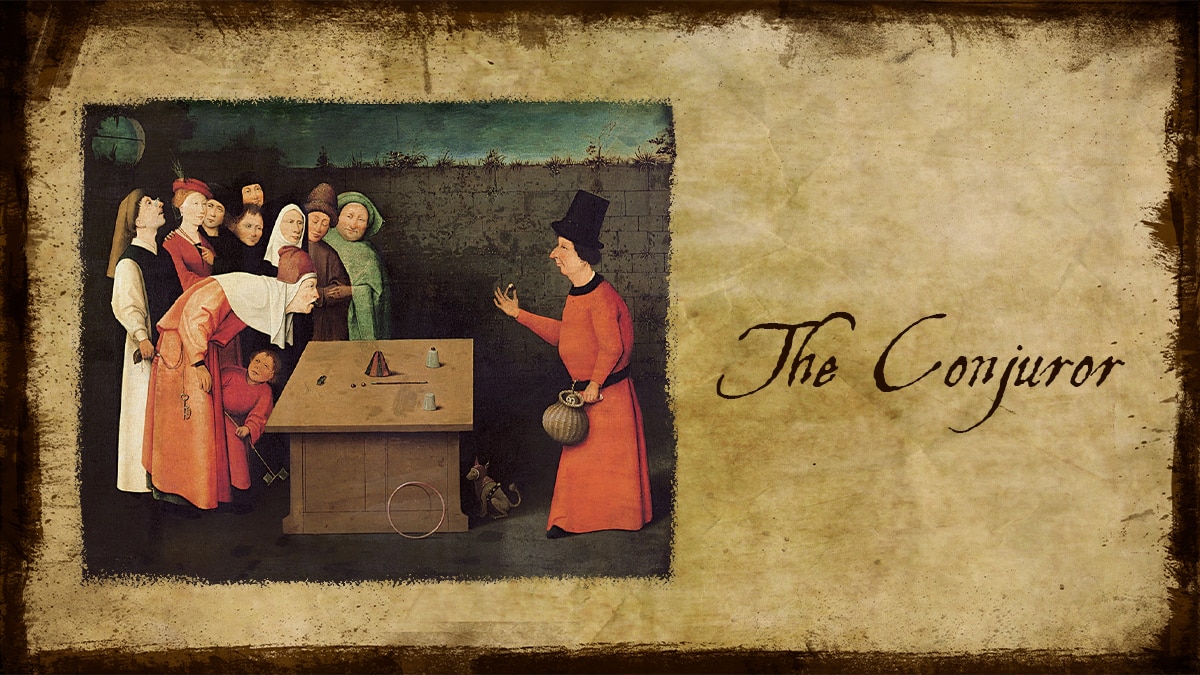
The most lesser-known artwork from around the world is “The Conjuror.”
Conjurors originally referred to magicians or tricksters.
The original masterpiece of this painting is likely to have been the one that exists in St.-Germain-en-Laye, close to Paris, France.
The derived meaning of this painting by Hieronymus Bosch is one of theft.
The group of people gathered around the magician, whose assistant pickpocketed the crowd.
Bosch was influenced by conjurors, hawkers, and storytellers who would show up his hometown in his childhood days, which could be evidently seen in his artwork,
The owner has never disclosed the worth of Bosch’ art; however, the painting carries a deep meaning and is said to collect millions if it gets sold.
8. The Adoration of the Magi
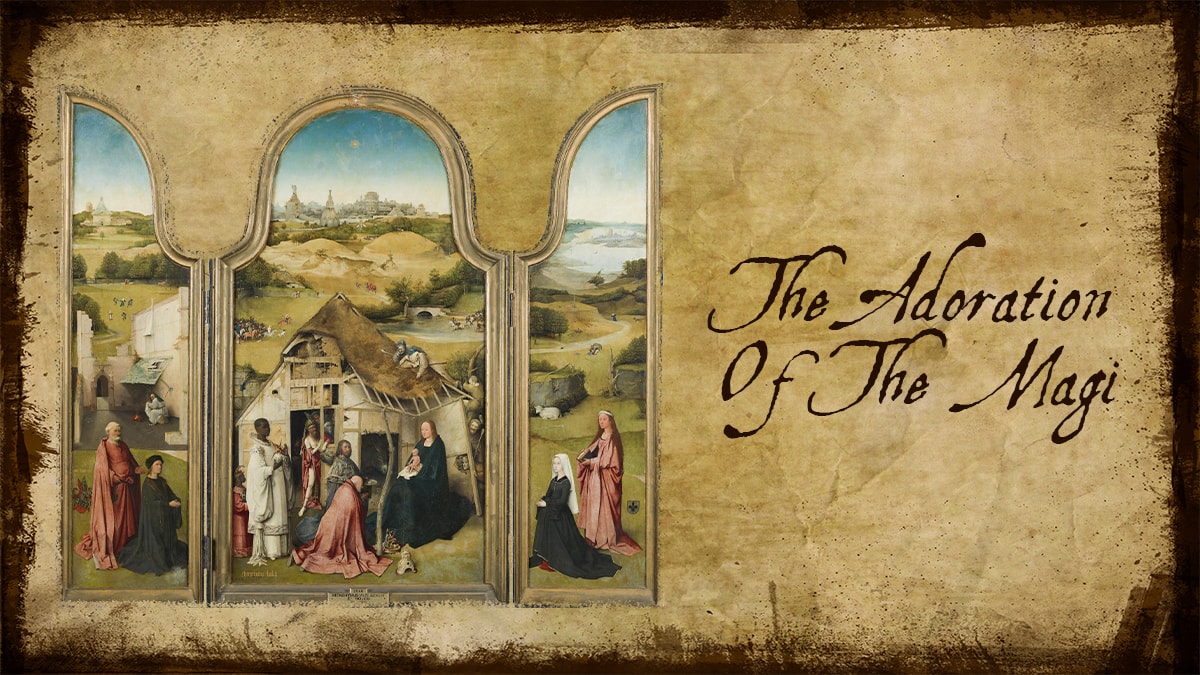
This piece is divided into four sections, the first of which depicts Saint Peter with his donor.
The adoration of the Magi is depicted in the center, Saint Agnes with a female donor is depicted on the right, and the painted shutter is depicted in the final part.
The artwork’s main theme is the coming of a savior, which also acts as a reminder to restore humanity.
The last sale price of this amazing masterpiece was 10.4 million dollars, paid by the J. Paul Getty Museum of Malibu.
Currently, the artwork is owned by the Metropolitan Museum in New York, U.S.
Also read: Paintings by Botticelli: A testament to a genius’s vision on a canvas.
9. The Last Judgement
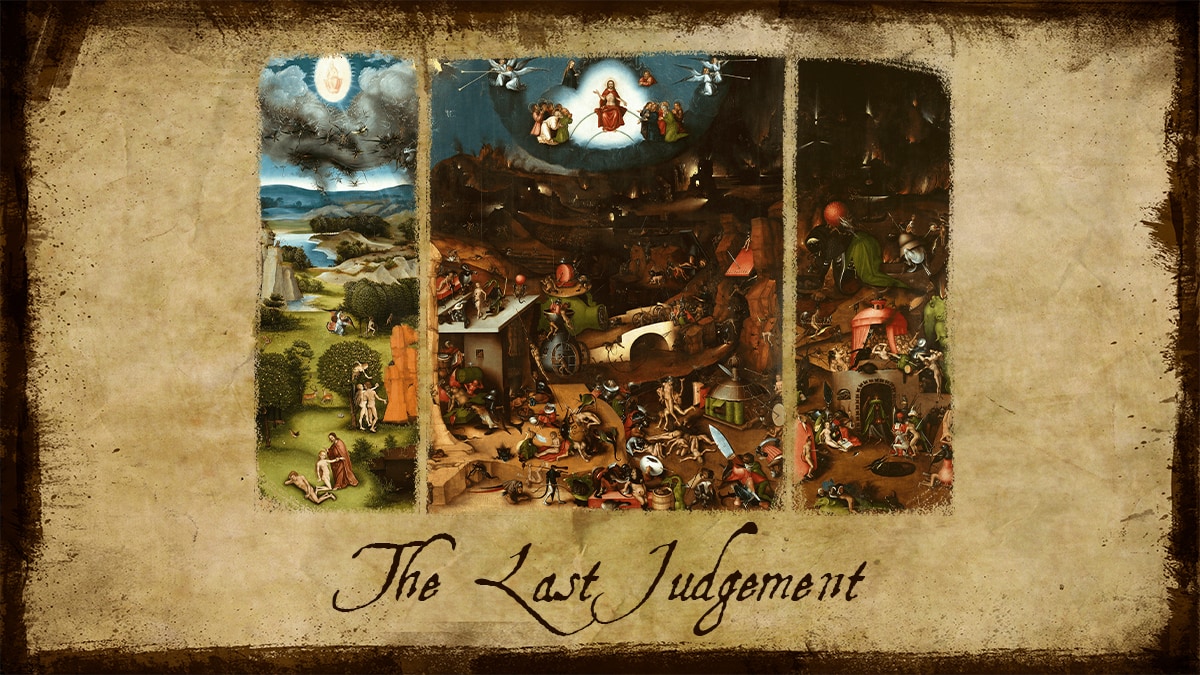
The painting is currently on the walls of the Academy of Fine Arts in Vienna, Austria.
Hieronymus Bosch practiced triptych in almost all of his paintings.
The three-panel picture depicts the following scenarios: the awful demise of humanity, including the Fall, the Day of Judgment, and Death in Hell.
The painting speaks about the failures of a man before progressing towards the punishment of his sins.
Bosch, with the help of art, hinted at the part where one suffers and faces negativity and downfalls if they stray from the Christian path.
Through this Hieronymus piece of art, he warned his viewers about the path they had chosen for themselves.
Now the question is, how much does this Hieronymus Bosch painting sell for?
Some of the paintings by Hieronymus Bosch are not less famous than any other famous artworks. However, this artwork’s estimated value has never been disclosed, which is unimaginably expensive.
10. Cutting the Stone
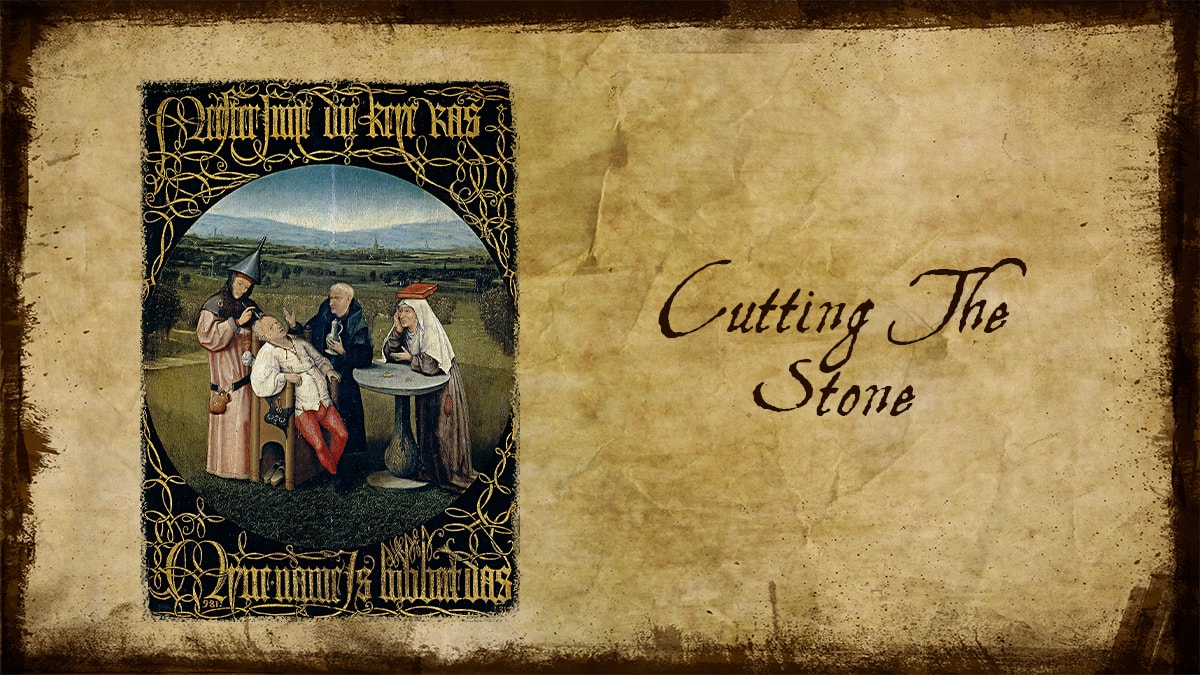
Among the famous artists, Hieronymus was inspired by the interpretation of the medieval heresies that became a significant part of Bosch’s paintings.
People have known about diseases like kidney and bladder stones for quite a long time.
His artwork, Cutting Stones, refers to the operation of removing kidney stones in order to alleviate suffering.
Despite the fact that the people involved lack skills and may end up doing more harm than good to others.
People believe that such stones are found in the head as well, which leads to the stupid behavior of humans.
The paintings depict a group of healers who offer to remove the stone from a person’s head by making a few cuts.
This could be one of those horrific views where the result is only death.
His painting is worth over a billion dollars and is currently on display at the Museo del Prado.
11. Ship of Fools
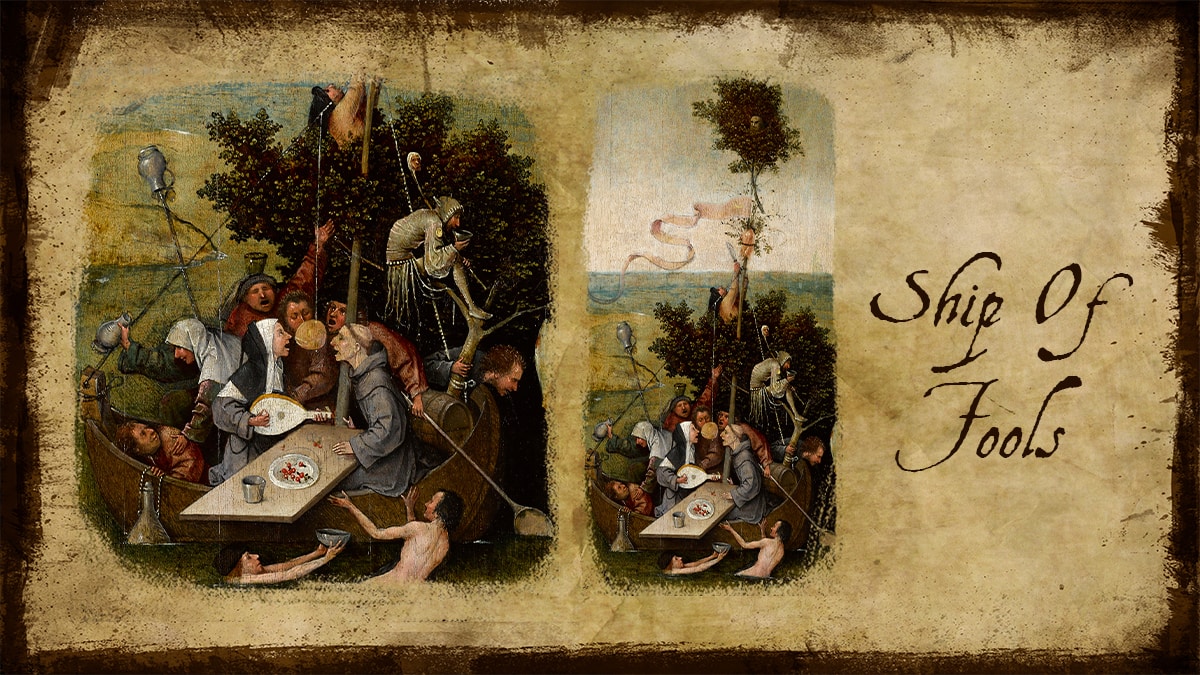
Ship of Fools, one of three triptych panels, was painted between 1490 and 1500.
The Louvre Museum, which holds tremendous paintings, keeps this incomplete masterpiece.
Bosch’s “Ship of Fools” is thought to have been inspired by Sebastian Brant’s 1494 allegorical painting.
The overall impression is that of a bunch of fools who are excessively eating and drinking while at sea in life.
Despite the church’s being on board, they lack morality and are directionless, with no aim in life.
The artwork’s price is unknown. However, it’s one of Bosch’s most affecting and powerful artworks.
Also read the ins and outs about some of the famous artworks: Guernica by Picasso or The Card Players by Paul Cezanne.
12. The Hell and the Flood
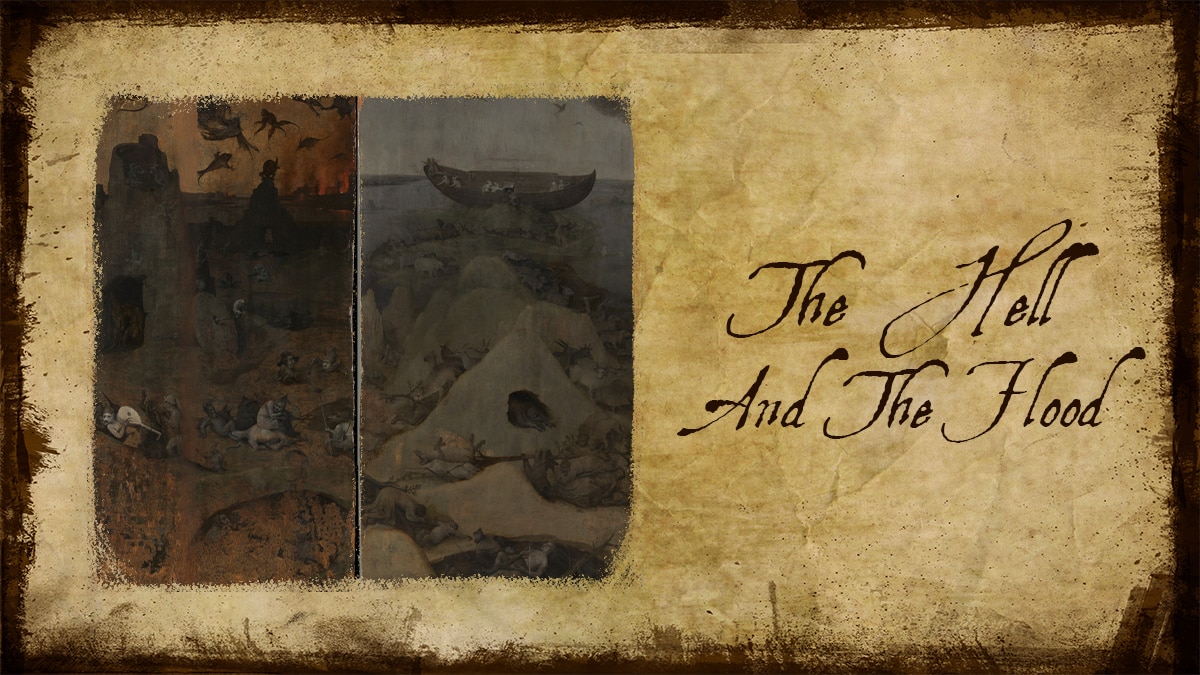
This Hieronymus Bosch work is one of the most disturbing paintings.
The left wing depicts a disturbing element, consisting of demon figures and a burning city in the background.
The right wing showcases the flood, where Noah, his wife, and his three sons are on the ark with the animals around them.
Being the master of sinister artwork, Bosch has depicted something unusual in this piece.
It also consists of the reverse side of the painting, which depicts a different story as a whole.
This masterpiece is currently stored in the Museum Boijmans Van Beuningen, in the Netherlands.
At last,
Do you know what Hieronymus Bosch’s paintings mean?
They have various meanings and messages, as well as mysteries and unusual stories.
Most of them were made out of his imagination and represent the impossible state of dreams.
Out of all the famous Renaissance artists, Hieronymus Bosch the painter was regarded as a Northern Renaissance painter who produced top-notch and expensive artworks in the history of art.
Even surrealists believed that Bosch was the first modern artist who was interested in depicting the darker period in his artwork.
(Also Read: Paintings By Caravaggio That Portrayed His Mastery In Charoscuro)
Hello Folks
Thank you for reading my blog about “12 paintings by Hieronymus Bosch.”
If there are some facts that you would like to add while reading the article, please feel free to mention them in the comment section below.
Your additional information is valuable to us.
Many people find these kooky artworks fascinating!
If you are one of those people who want to have a replica of a Bosch paintings on your wall, look no further than PortraitFlip.
Here you’ll find the most amazing replicas, which will be 100 percent handmade.
FAQs
Hieronymus Bosch created 20 paintings in his entire course of life.
The paintings by Hieronymus Bosch depicts moralistic values and instructiveness.
Hieronymus Bosch was into Renaissance and Early Netherlandish paintings.
Bosch was known for producing restlessly imaginative works which gave out religious symbolism, and allegory.


